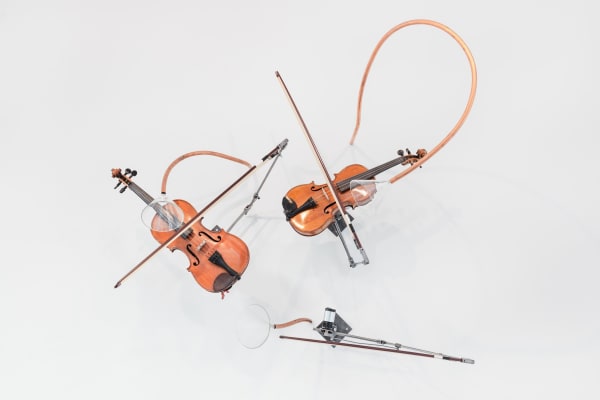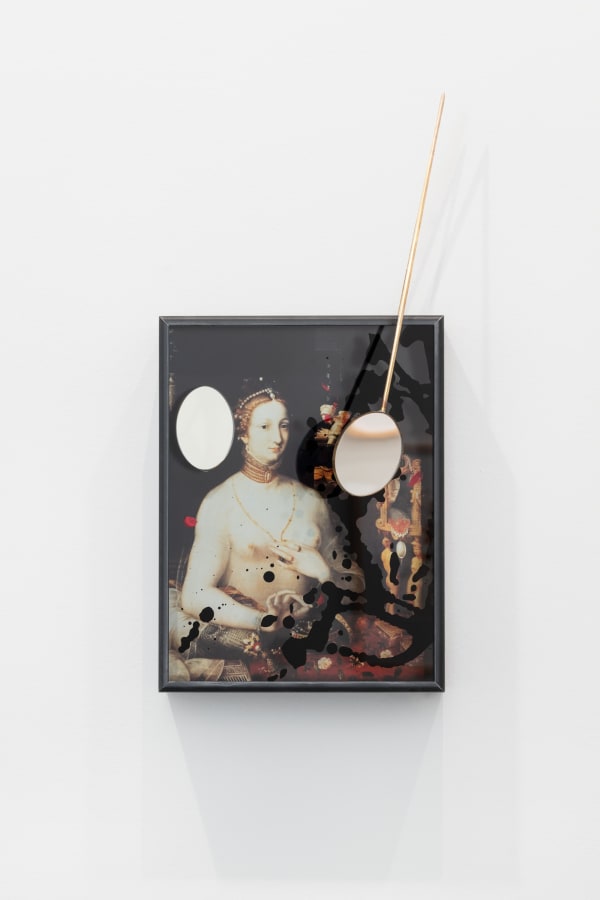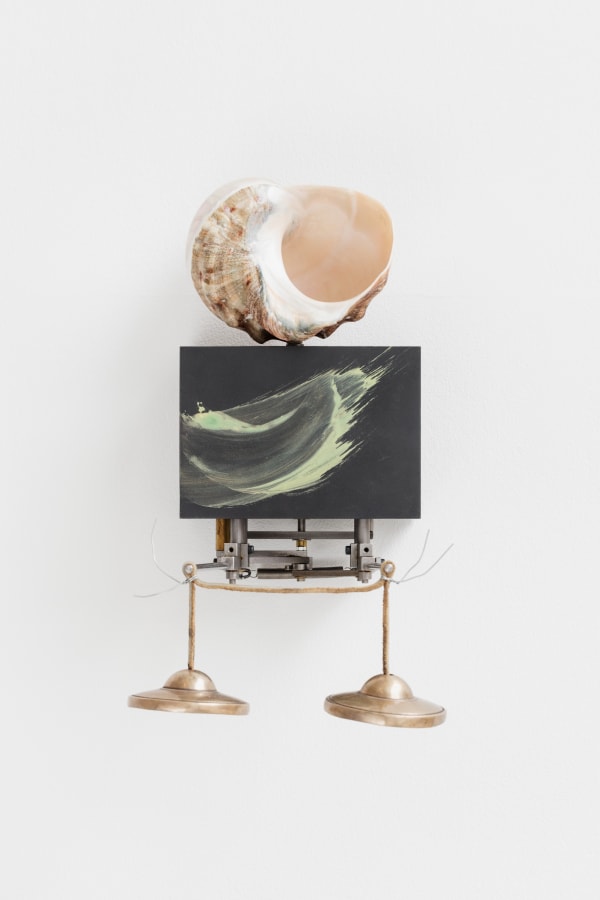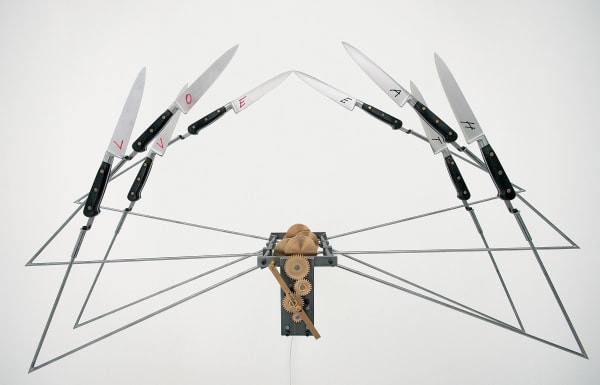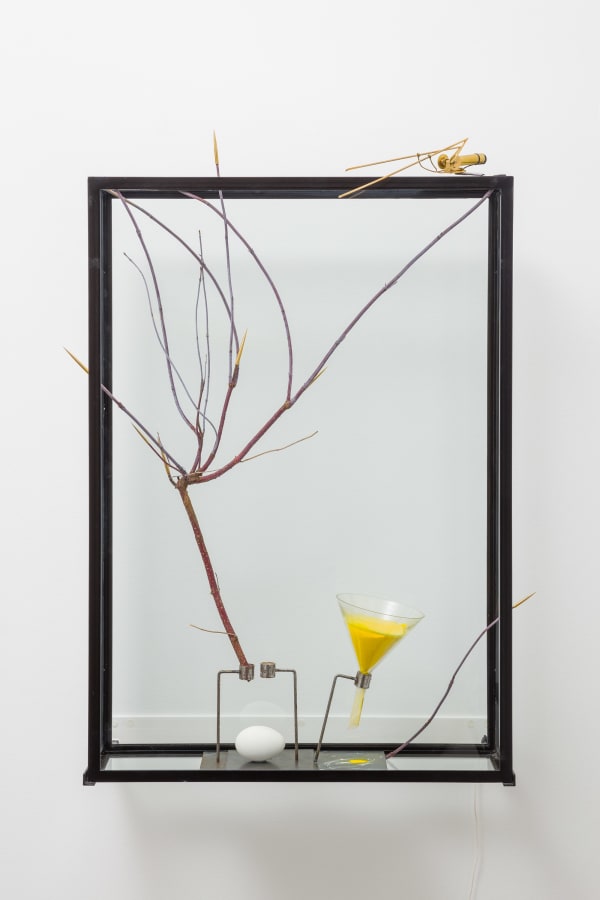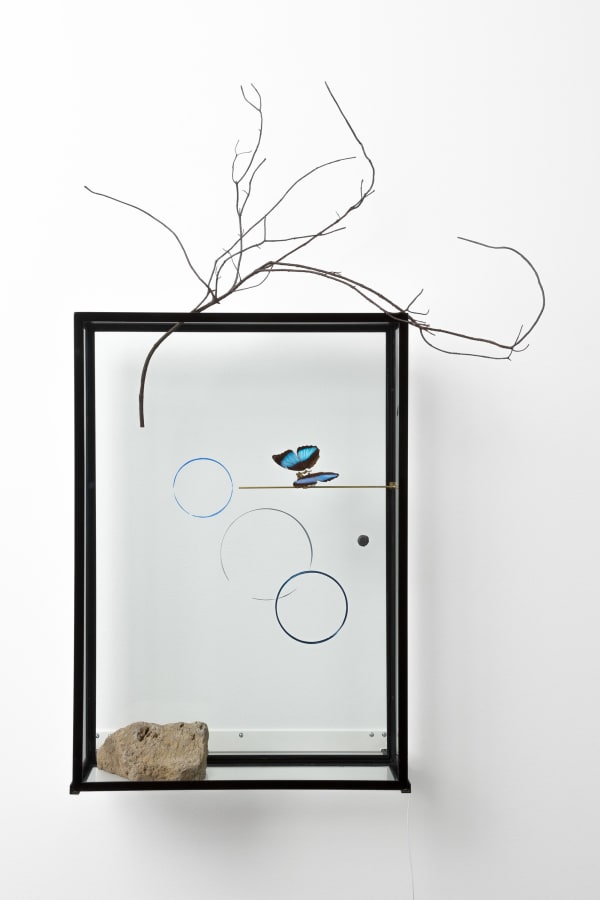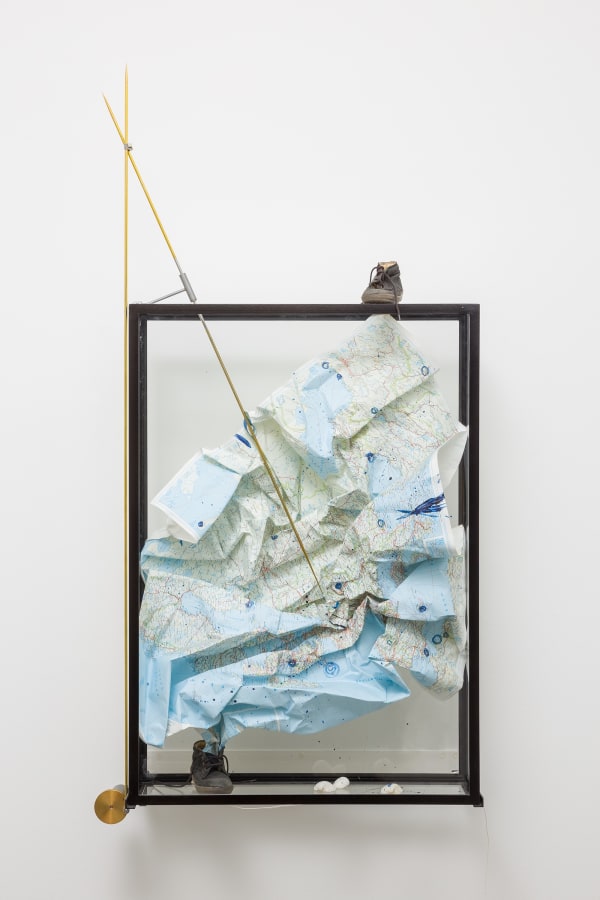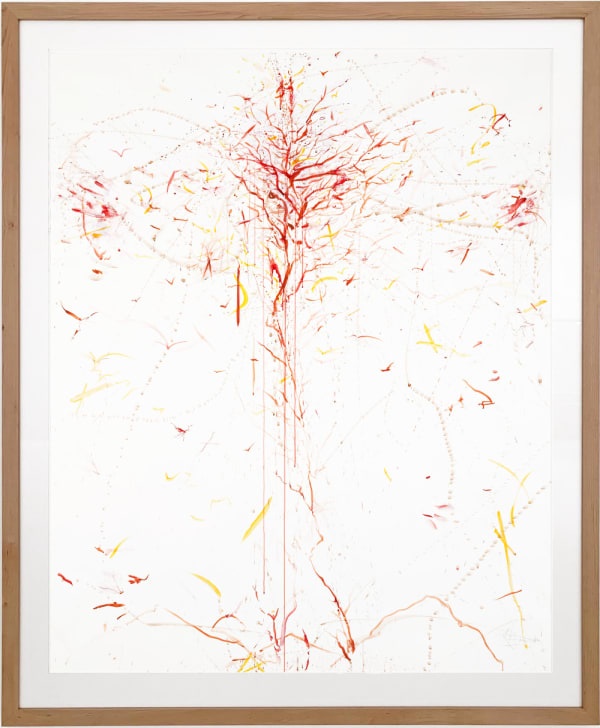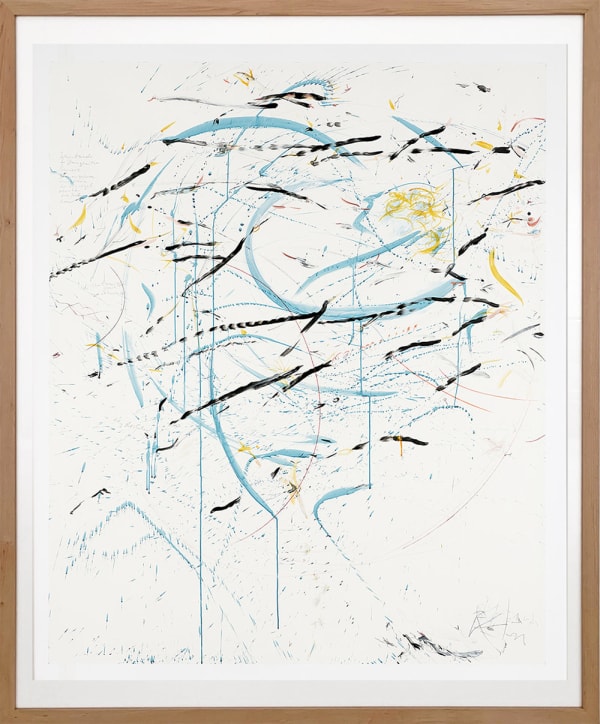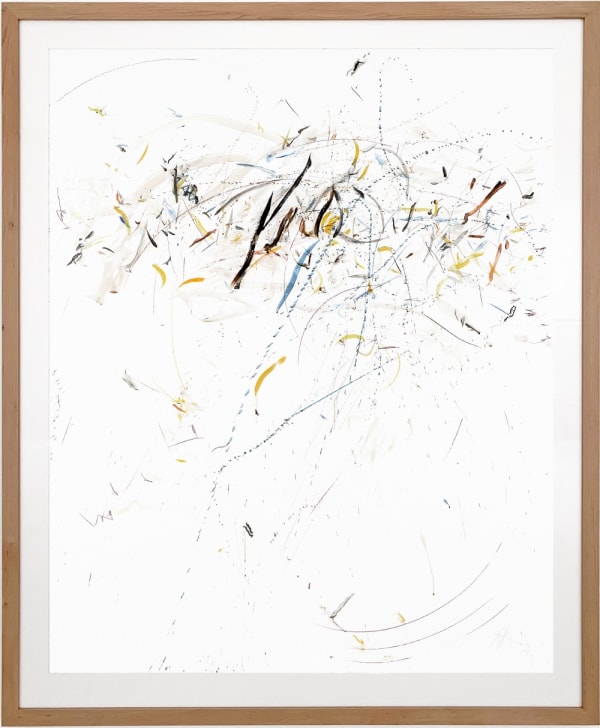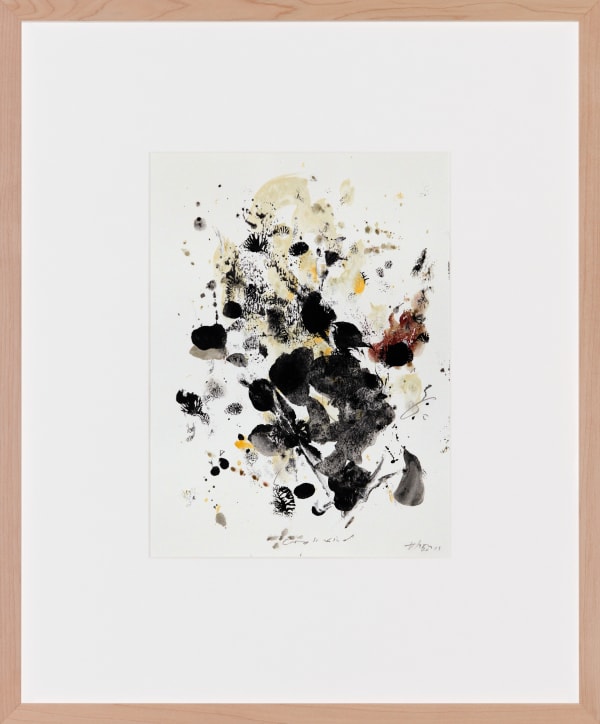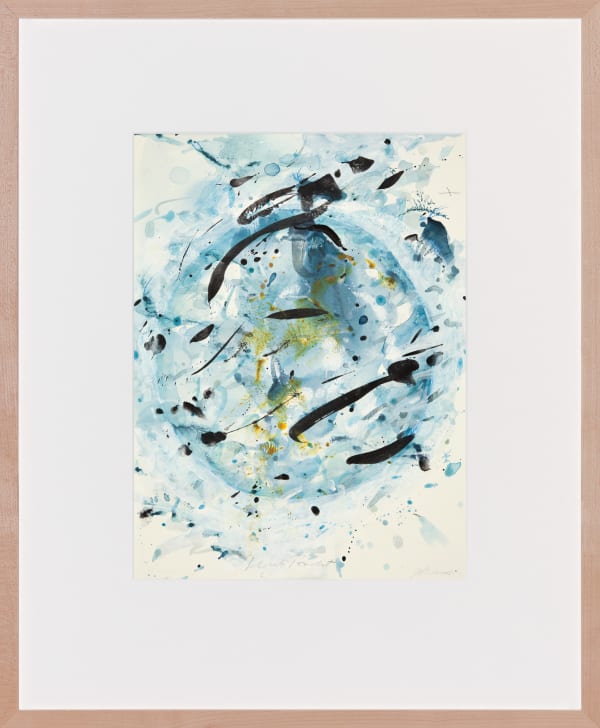-
This online viewing room is dedicated to Rebecca Horn's installations, kinetic works, and her paintings. It was with works by Rebecca Horn that Galerie Thomas Schulte opened its inaugural exhibition in April 1991. 30 years and many joint projects later, the gallery continues its active collaboration with one of Germany’s most important female artists.
Pfauenmaschine (Peacock Machine) (1982), originally displayed at Documenta 7, has been installed in our Corner Space from June 11 to August 20, 2022. This online presentation also features Kiss of the Rhinoceros (1989), which was on view at the 59th International Art Exhibition La Biennale di Venezia, alongside groundbreaking works as Bee's Planetary Map (1998) which was exhibited at the gallery's 30th anniversay in 2021 and at Art Basel Unlimited (16 to 19 June 2022).
-

-

-
-

-

-

-
KINETIC WORKS
Rebecca Horn early in her career explored the relationship between body and space through performance. Later on, she replaced the human body with machines performing repetitive and regular movements. They are mechanical creatures made of wires. They are not perfect; like humans they quiver and they fail, they can be aggressive and tender. -
“I like it when my machines get tired. They are more than mere objects. They are neither cars, nor washing machines. They rest, they think, they wait.”
—Rebecca Horn -
PAINTINGS
Rebecca Horn’s oeuvre is continuously formed and reformed by intersecting and mutually reinforcing creative impulses and directions of inquiry. It is through her poetic imagination that Rebecca Horn obscures and stretches the figure into infinite depths and heights, her body being the central tool in her artistic creation.
In her “Body Landscapes”—airy, large paintings that correspond to her body radius—the artist measures the large papers on which she draws according to the length of her arms. Pencil-marked focal points correspond to her own body’s center and often remain visible in the final piece.
-
“I’ve often thought about how to capture soul structures, how to bring them down to a two-dimensional plane.”
—Rebecca Horn -
The video presents a selection of some of Rebecca Horn's most famous kinetic sculptures and lesser known, recent works together with excerpts from the artist's films. It is the result of a recent trip to Rebecca Horn's studio in Bad König in Odenwald, Germany, where the artist has lived since 1989. The former factory site belonged to her family and was renovated over the course of several years. Since 2010, it houses the Moontower Foundation with a museum and studios supporting younger artists and musicians.
-






